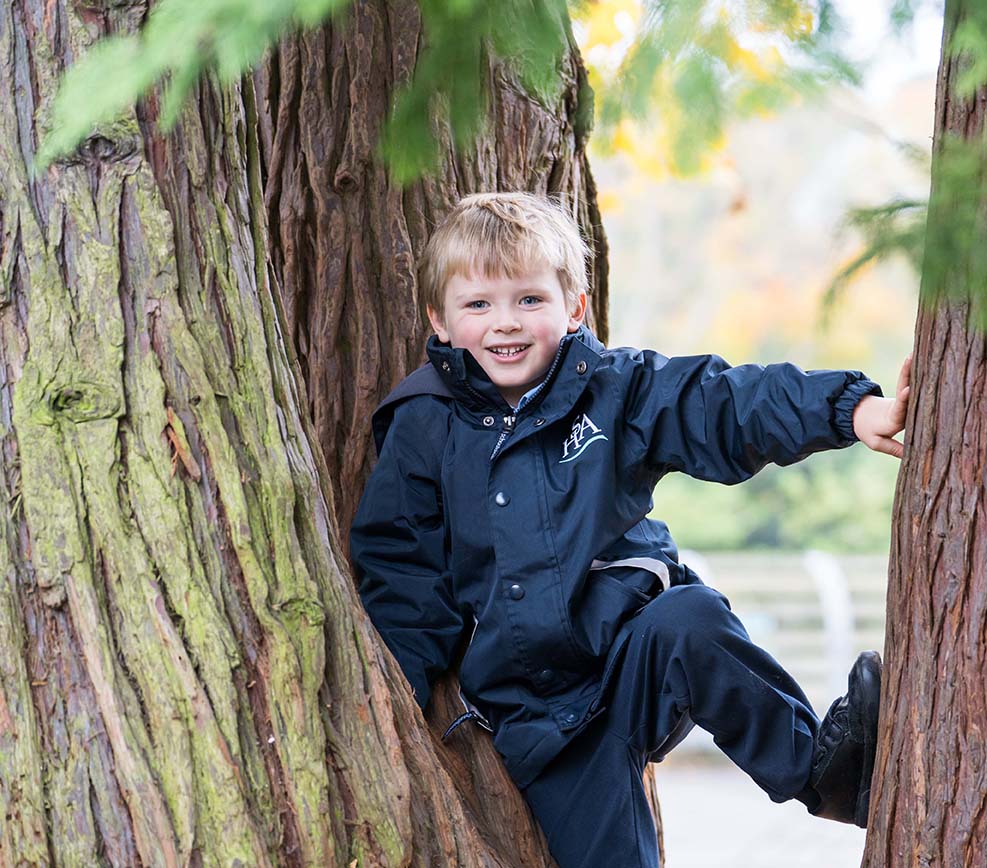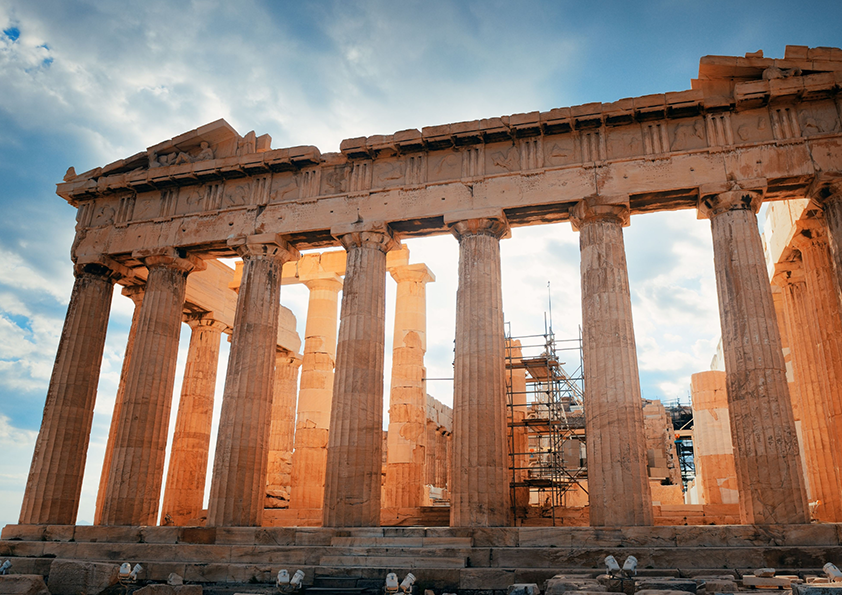At Halstead St Andrew’s, we don’t just study History—we live it (minus the plague and the chainmail rash).
Our journey begins in Year 3 where we look at the Vikings, the Romans and the early History of Britain. Year 4 sees a trip (in the classroom!) to the pyramids of Ancient Egypt and the tomb of Tutankhamun. We look at how Britain coped on the Home Front with World War 2 and finally move to Year 5, where we catapult ourselves back to 1066. William the Conqueror has just landed, Harold’s got a headache (thanks, Hastings), and England is about to change forever. We follow William as he tightens his grip on power, then gallop into the reign of Henry II, who builds an empire and accidentally gets his best mate Thomas Becket murdered. Oops.
We swap superstition for sense as we explore the shift from Trial by Ordeal (hot irons, anyone?) to Trial by Jury. Then it’s time to polish our swords and join Richard the Lionheart on the Third Crusade—sunburn and sieges included. Back home, King John’s lost the crown in the Wash (literally), and we’re off to Runnymede to witness the birth of Magna Carta.
Next, we march north with Edward I, who’s got big plans for Scotland and Wales. Cue the bagpipes and battle cries! We meet William Wallace and Robert the Bruce (and his motivational spider), before the Black Death sweeps through, leaving behind empty villages and a very grumpy peasantry. The Peasants’ Revolt brings us to London, pitchforks and all.
In Year 7, we cross the Channel to France for the Hundred Years’ War—because who doesn’t love a century-long family feud? We cheer on Edward III and Henry V at Crécy and Agincourt, then return to England for the ultimate dynastic drama: The Wars of the Roses. Spoiler alert: it ends with a Tudor on the throne.
Feeling war-weary? Time for a little Reformation! Henry VIII and his six wives shake things up, Elizabeth I brings some stability (and a golden age), and Guy Fawkes tries to blow it all up. Boom.
Year 8 and 9 take us into the modern world. We explore the rise of the British Empire (tea, trade, and trouble), the horrors of the Slave Trade, and the Age of Revolutions—from Boston Tea Parties to Napoleon’s hat collection. The Industrial Revolution brings steam, smog, and social change, before we dive into the trenches of World War I and the global upheaval of World War II.
By the end of Year 9, our pupils aren’t just historians—they’re detectives, debaters, and time-travelling storytellers. And if they choose to continue with GCSE History, the adventure only gets better.
Key Topics covered
- The Norman Conquest and William’s consolidation of power
- Henry II, the Angevin Empire, and the murder of Thomas Becket
- Legal reforms: from Trial by Ordeal to Trial by Jury
- Richard the Lionheart and the Third Crusade
- King John and Magna Carta
- Edward I and the Wars of Independence with Scotland and Wales
- The Battles of Stirling Bridge and Bannockburn
- The Black Death and the Peasants’ Revolt
- The Hundred Years’ War: Edward III and Henry V
- The Wars of the Roses and the rise of the Tudors
- Henry VIII, the Reformation, and Elizabeth I
- The Gunpowder Plot and the English Civil War
- The British Empire and the Transatlantic Slave Trade
- The American War of Independence and the Napoleonic Wars
- The Industrial Revolution
- World War I and World War II (Year 6 Modern History Project)
- GCSE History curriculum
Enrichment opportunities and career paths
We run plenty of History related trips during the course of the academic year. From Butser Farm to the Imperial War Museum and the Historic Dockyard in Portsmouth.
As a Historian, there are many career paths available due to the skills developed. From Business to Law, Accountancy to Journalism- the key skills of critical thinking, source analysis, historical understanding and investigation all lead to students being able to turn their hand to a host of professions and sectors. At HSA, we encourage our students to find their own interests in many different historical periods whilst at the same time, enhancing their skills and future careers.


